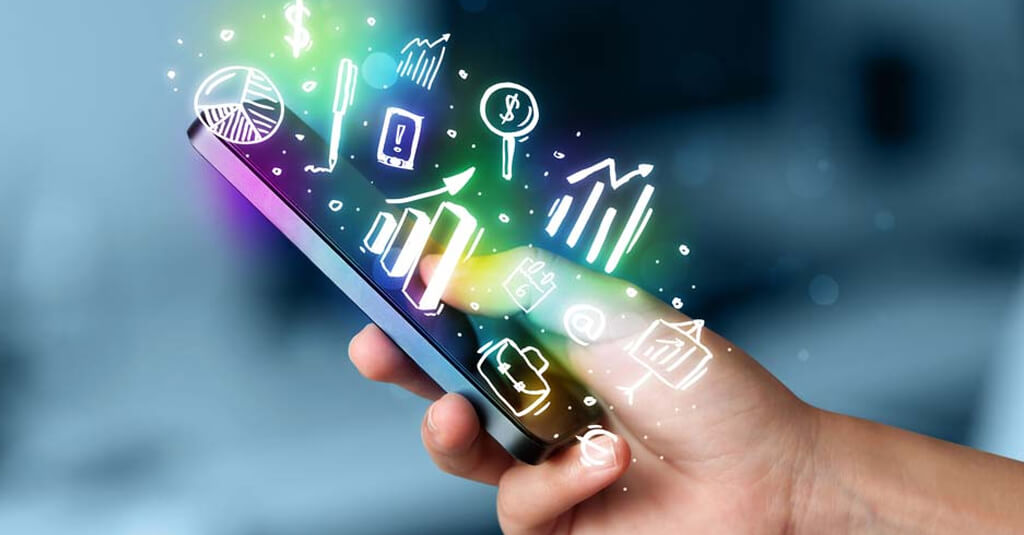Games act as the stimuli to drive people to initiate voluntary actions in a predictable manner. So, the main idea is to embrace the characteristics of games and incorporate them with e-learning where engagement is lacking. Today’s new-age learners are surrounded by latest technologies and games which add fun to the overall learning experience. The world of fantasy is interactive in a way that the real world is not. So, integration of games with e-learning boosts engagement, motivation and retention. These are the factors that have resulted in improving the trend of gamification.
To understand gamified learning, it is essential to know the core concepts of games:
- Goal-oriented activity:
Most of the game-based activities focus on learning goals with a defined set of ‘win’ situations and hurdles to overcome for successful completion of task. So, there is a link between games and learning, with participants undergoing each level to achieve desired results, move to the next level and improve their performances. This helps building confidence in the learner on achieving a certain level. - Rewards & recognition:
Considering the type of courses, different kinds of reward mechanisms are adopted by organizations which include prizes, leaderboards and achievements. - Prizes: Gaming elements in e-learning impart customized training experiences as per learners’ preferences. It helps to enhance learner engagement and provide tailored playing experience. Prizes act as additional activities which are given on meeting previously set goals.
- Leaderboards: Leaderboards indicate the list of players based on their achievements in the game. It is a powerful technique used mainly for competitive processes and can also be used to encourage teamwork.
- Achievements: These are used to indicate the performance matrix of employees who have accessed the gamified e-learning courses. Achievements can be considered as a blend of above two mechanisms and emerging as a popular trend across several industry verticals because of their inclusion in latest game consoles used to impart e-learning.
- Evaluate performance:
As learning improves with gamification, tracking learners’ progress also becomes important. It is similar to giving performance feedbacks to the learners on what they have done and what are their improvement areas, thereby identifying the steps on how to reach the next milestone.
Driving Essential Employee Behavior through Gamification
It is not the habit, but the correct behavior of learner to improve workplace efficiency. Gamification has evolved as an efficient tool to encourage workforce to access training courses and drive desired outcomes. Rewards, points and badges earned through games make learning more fun, entertaining and compelling. The feeling of winning or losing evoke emotions that develop the desire to learn and perform. For instance, Human Resources organize the onboarding process, which includes details on company policies, health insurance, leave policy, compliance and more. The results are visible to everyone, thereby convince other employees as well to adopt desired behavior and complete onboarding. The dynamics of games helps making your curriculum more engaging, keeping learners hooked till the course finishes and motivates them to access more courses and improve knowledge competency.
Suggested Further Reading:- Click Here








